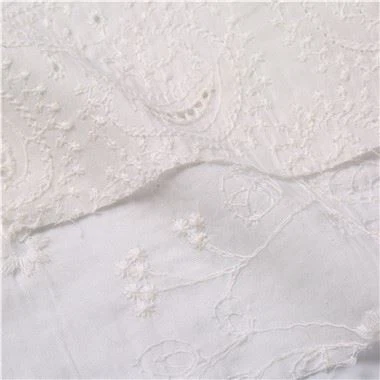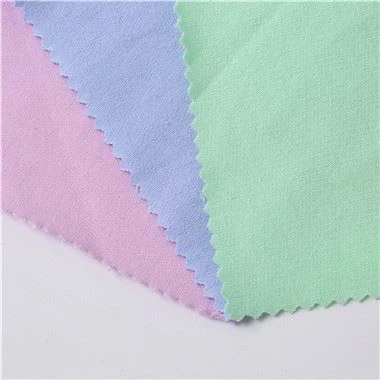Is Non-woven Fabric Safe?
Feb 25, 2025
In the days when COVID-19 swept the world, masks became a shield to protect lives. The core material of these masks, non-woven fabric, a seemingly ordinary material, carries the expectations of modern people for safety and health. When we are in close contact with non-woven fabric products every day, a fundamental question arises: is non-woven fabric really safe? This question not only concerns personal health, but also touches the pulse of the development of the entire material and technology industry.
The production process of non-woven fabric is a precise physical and chemical engineering process. Unlike the warp and weft weaving of traditional textiles, non-woven fabric uses heat bonding or chemical bonding processes to directly solidify polypropylene fibers into cloth. This unique process makes it have a uniform fiber distribution and a controllable pore structure, laying a physical foundation for material safety. In the medical field, the safety performance of non-woven fabric has been verified in the strictest way. The non-woven filter layer in medical surgical masks must pass the double test of BFE (bacterial filtration efficiency) and PFE (particle filtration efficiency). The standard requires a filtration efficiency of no less than 95%. During the COVID-19 pandemic in 2020, China's daily mask production capacity increased from 20 million to 116 million, and the core materials of these masks have all undergone strict biocompatibility tests.
The authoritative test data gives a convincing answer. The EU REACH regulation has up to 205 chemical substance tests for non-woven products, while China's GB/T 38014-2019 standard controls heavy metal migration to less than 0.01mg/kg. In the field of baby diapers, clinical experiments have proved that medical-grade non-woven fabrics can reduce the incidence of red rash by 67%. Regarding the environmental impact of non-woven fabrics, the UK Environment Agency's research report gives a revolutionary conclusion: the carbon emissions of a non-woven shopping bag in its entire life cycle are only 1/20 of that of a cotton bag. Modern non-woven fabric enterprises have achieved a controlled degradation cycle of 12-24 months by adding photo-degradation agents, breaking the traditional perception that "synthetic fiber products are difficult to degrade."
In terms of recycling, data from the China Textile Industry Federation shows that the utilization rate of non-woven fabric in China reached 38% in 2022, far exceeding the 7% level of ordinary plastic products. The German automotive industry has established a recycling system for used interior non-woven fabric, which can be processed and re-made into soundproofing cotton. This recycling model reduces 3.2 kg of plastic waste per vehicle. Technological innovation is reshaping the environmental attributes of non-woven fabric. Biodegradable non-woven fabric uses corn starch and other renewable resources as raw materials, reducing the carbon footprint by 40% compared with traditional products. The development of washable non-woven fabric extends the service life of shopping bags to more than 50 times, significantly reducing resource consumption.
At the Tokyo University Hospital, the use of silver ion antibacterial non-woven curtain in the operating room reduced the postoperative infection rate by 42%. This innovative application demonstrates the great potential of non-woven fabrics in the field of medical safety. The development of intelligent non-woven fabrics has opened up new possibilities, and the anti-counterfeit labels made of conductive non-woven fabrics can monitor temperature changes in real time during the flow of goods. The nanofiber non-woven fabric developed by the Chinese Academy of Sciences has a filtration efficiency of 99.97% for PM2.5, and the breathing resistance is only 1/3 of that of medical surgical masks. This material will soon be applied to the new generation of air purification systems, redefining the standard for indoor air safety. In the field of construction, the application of flame-retardant non-woven fabrics has raised the safety level of building materials to a new height.
Looking back from the forefront of material technology development, non-woven fabric has evolved from a simple substitute material to a security guardian for modern life. It not only passes the most stringent safety tests, but also makes breakthroughs in environmental performance. When we use non-woven fabric products every day, we touch the wisdom of human pursuit of safety and sustainability. This material, born in 1942, is continuing to write the safety legend of this era with an innovative attitude.







